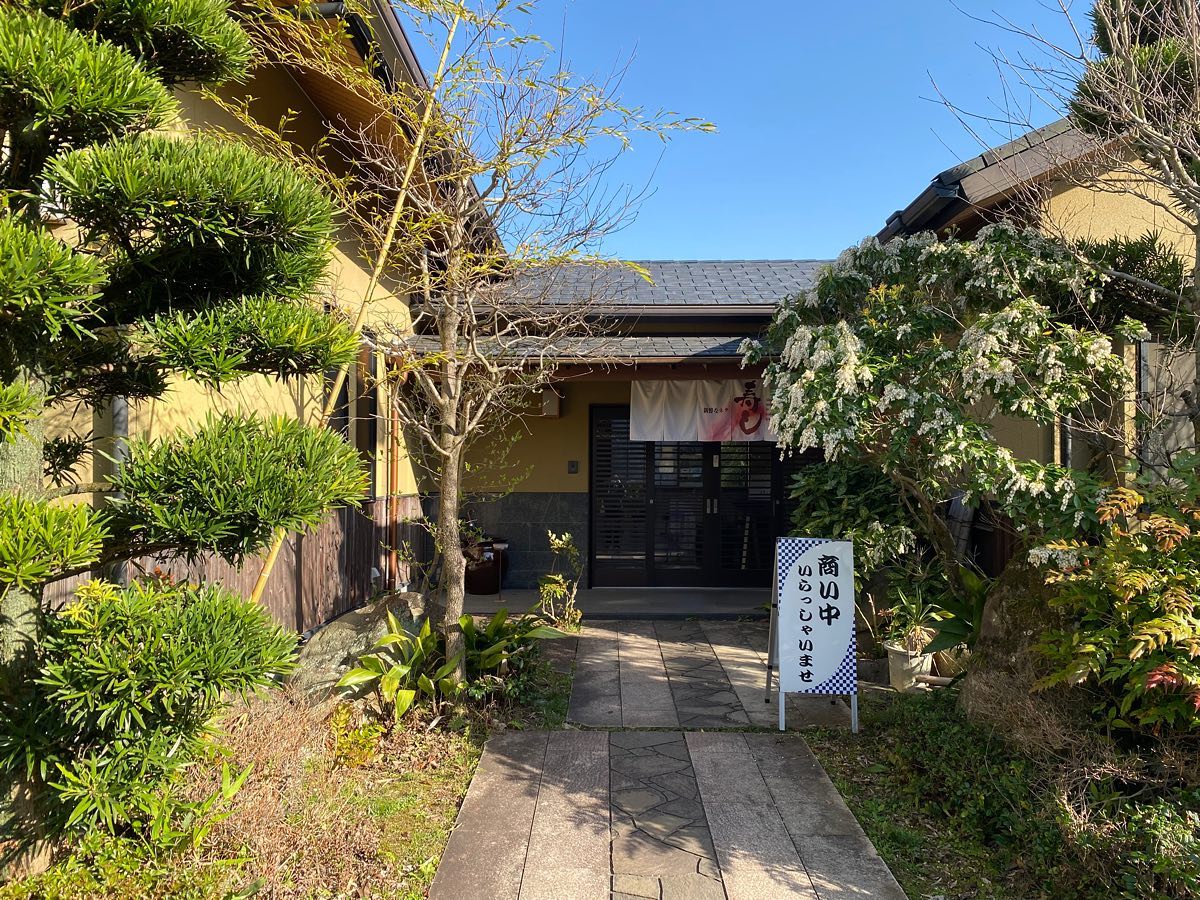Recommended sushi restaurants in Nagasaki, Japan
-

grouper government
Sushi restaurant in Nagasaki [SUSHILIVE comment] -


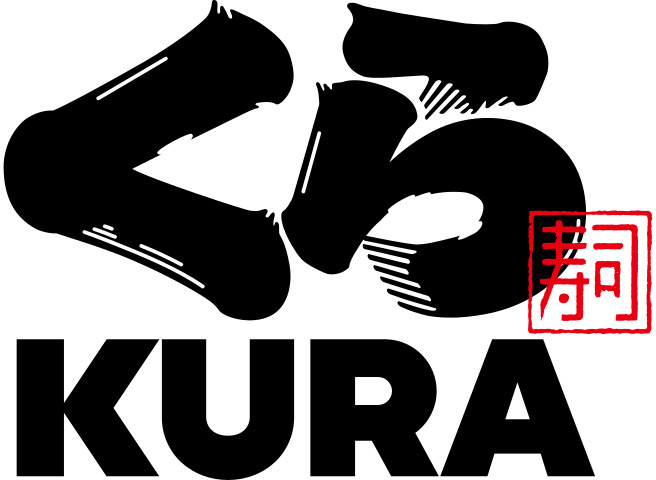
Muzoe Kurazushi Nagasaki Tokitsu
Sushi restaurant in Nagasaki [SUSHILIVE comment] -


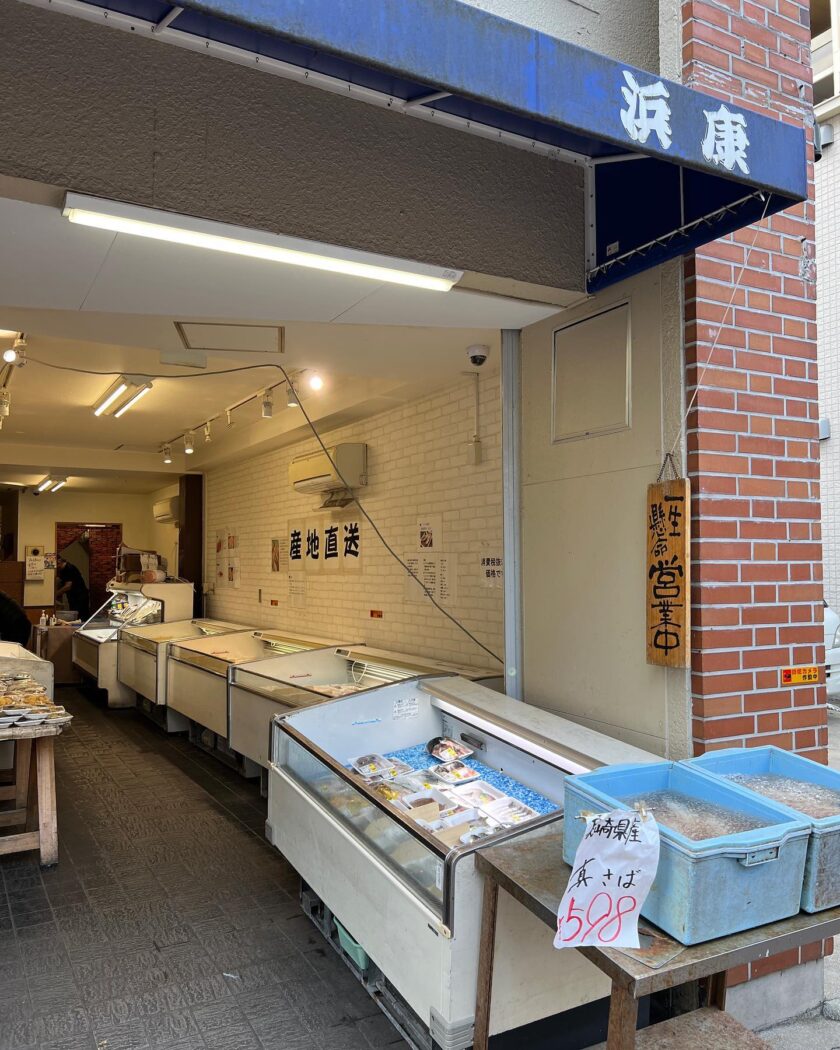
Hamakon
Sushi restaurant in Nagasaki [SUSHILIVE comment] -



Sushi Dining Tenku
Sushi restaurant in Nagasaki [SUSHILIVE comment] -


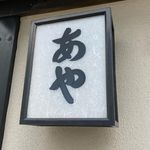
Sushi Kappo Aya
Sushi restaurant in Nagasaki [SUSHILIVE comment] -


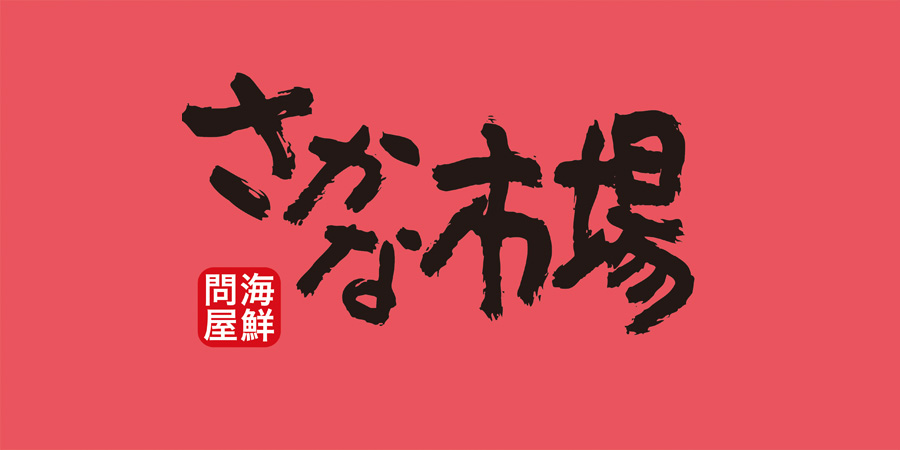
Fish Market, Douza Branch
Sushi restaurant in Nagasaki [SUSHILIVE comment] -


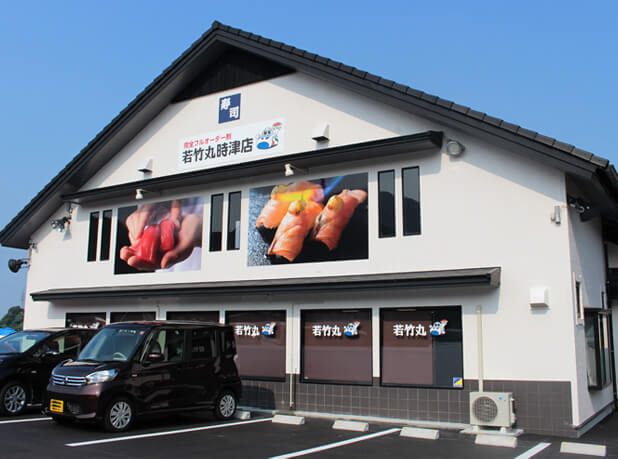
Nitori Wakatake-maru Tokitsu
Sushi restaurant in Nagasaki [SUSHILIVE comment] -


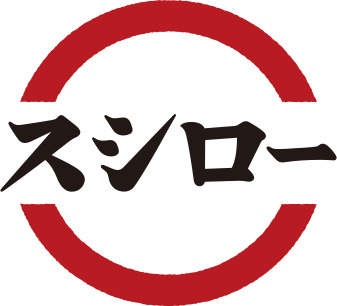
Sushiro Nagasaki Michinoo
Sushi restaurant in Nagasaki [SUSHILIVE comment] -


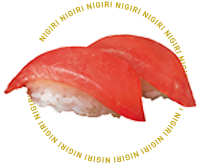
Hamazushi Nagasaki Ogakura
Sushi restaurant in Nagasaki [SUSHILIVE comment] -


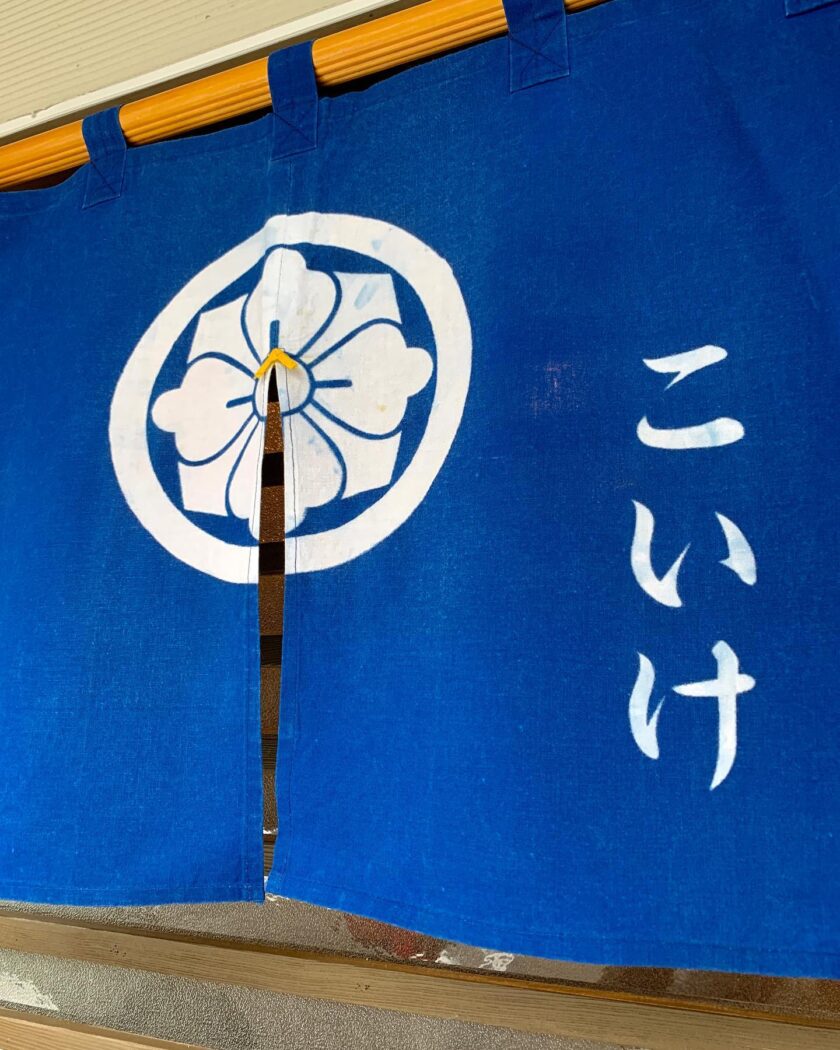
koike sushi
Sushi restaurant in Nagasaki [SUSHILIVE comment] -


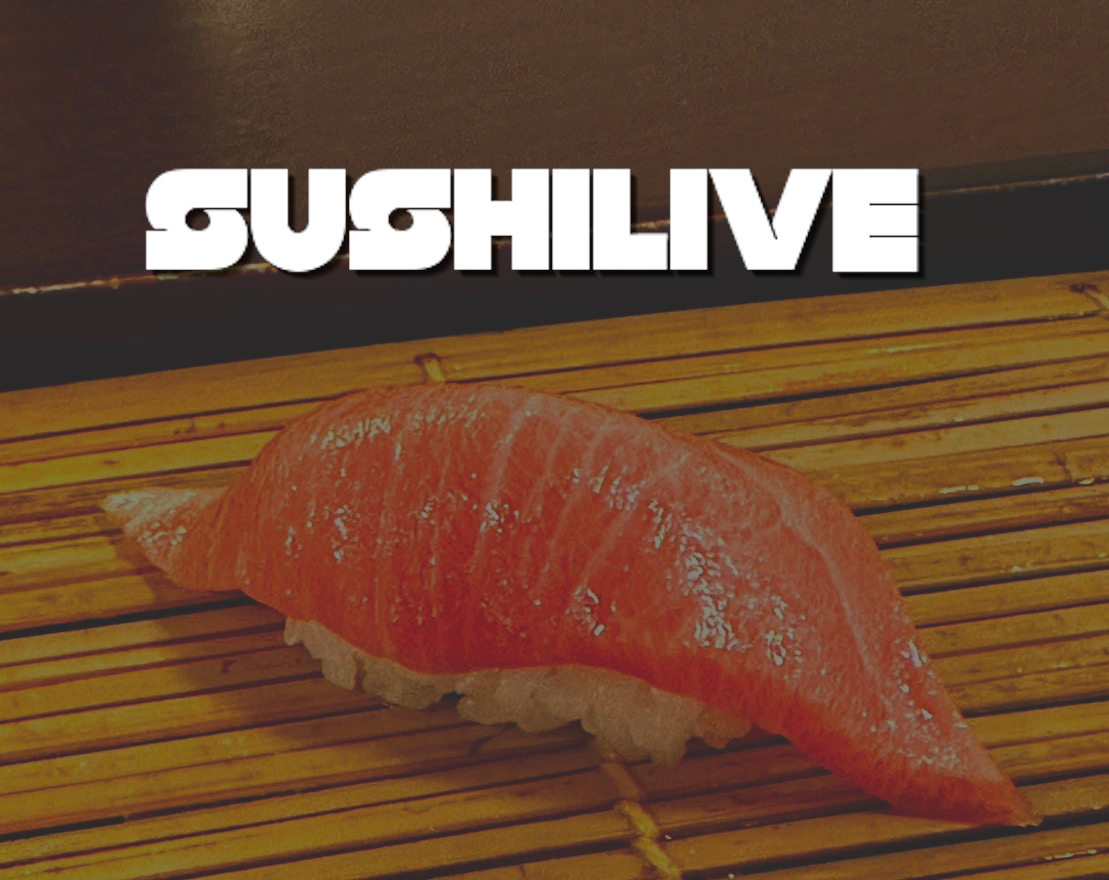
Sushi Sonoda
Sushi restaurant in Nagasaki [SUSHILIVE comment] -



rise in fish stocks
Sushi restaurant in Nagasaki [SUSHILIVE comment] -



Shunsai Kokoro
Sushi restaurant in Nagasaki [SUSHILIVE comment] -



Nagasaki Ginzushi
Sushi restaurant in Nagasaki [SUSHILIVE comment] -



Senari Sushi
Sushi restaurant in Nagasaki [SUSHILIVE comment] -



medium riches
Sushi restaurant in Nagasaki [SUSHILIVE comment] -



A Taste of Nagasaki Sushi & Kappo Sakurai
Sushi restaurant in Nagasaki [SUSHILIVE comment] -



Yoshi's Copper Seat Shop
Sushi restaurant in Nagasaki [SUSHILIVE comment] -



Sushi Izakaya Hirano
Sushi restaurant in Nagasaki [SUSHILIVE comment] -



grouper government
Sushi restaurant in Nagasaki [SUSHILIVE comment] -


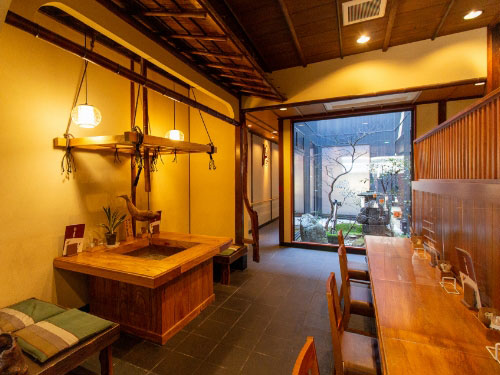
Yoshimune Head Office
Sushi restaurant in Nagasaki [SUSHILIVE comment] -



Sushi Kozo
Sushi restaurant in Nagasaki [SUSHILIVE comment] -


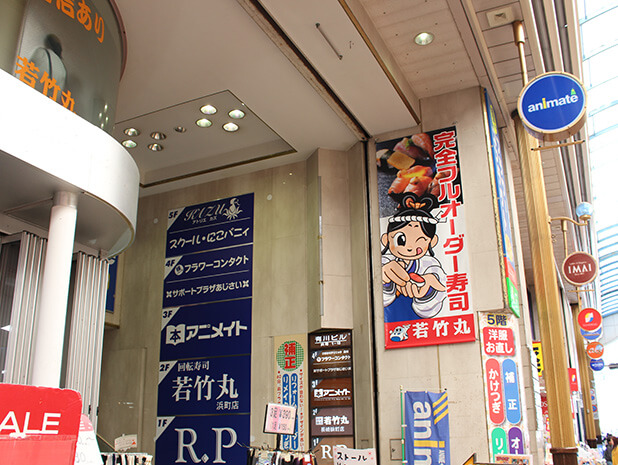
Wakatakemaru Hamamachi Branch
Sushi restaurant in Nagasaki [SUSHILIVE comment] -


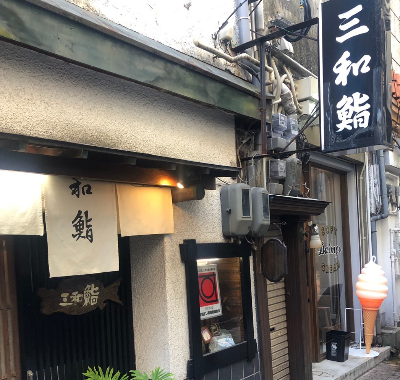
Mitsuwa grouper
Sushi restaurant in Nagasaki [SUSHILIVE comment] -



Sensai room Vegetable Fish
Sushi restaurant in Nagasaki [SUSHILIVE comment] -


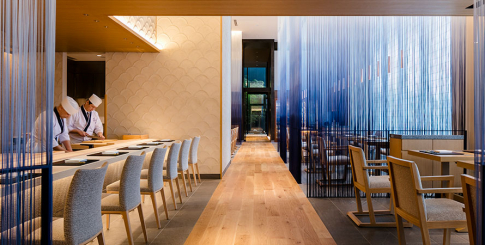
King Hok Hai
Sushi restaurant in Nagasaki [SUSHILIVE comment] -



Treamasa Sushi
Sushi restaurant in Nagasaki [SUSHILIVE comment] -



sushikyo
Sushi restaurant in Nagasaki [SUSHILIVE comment] -



Hachikuru Sushi
Sushi restaurant in Nagasaki [SUSHILIVE comment] -



Sushi Tsukasa
Sushi restaurant in Nagasaki [SUSHILIVE comment]
Recommended conveyor belt sushi restaurants in Nagasaki, Japan
-


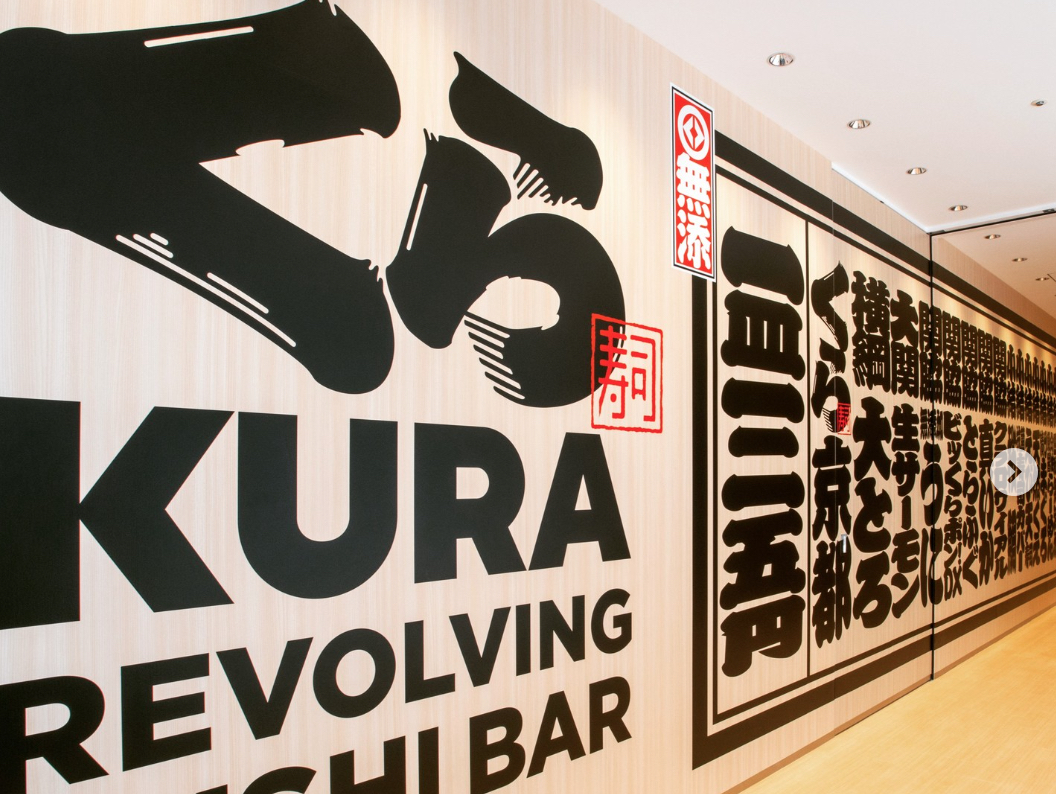
Kura Sushi Nagasaki Tokitsu Branch
Sushi restaurant in Nagasaki [SUSHILIVE comment] -


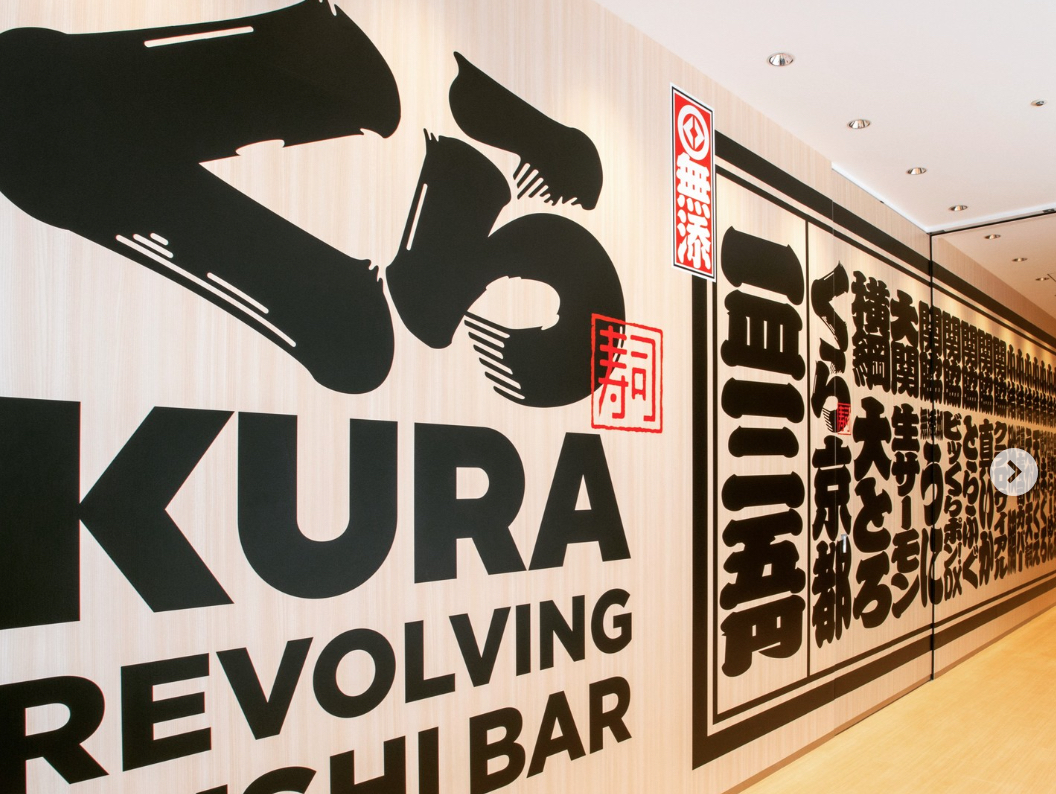
Kura Sushi Across Plaza Sasebo
Sushi restaurant in Nagasaki [SUSHILIVE comment] -


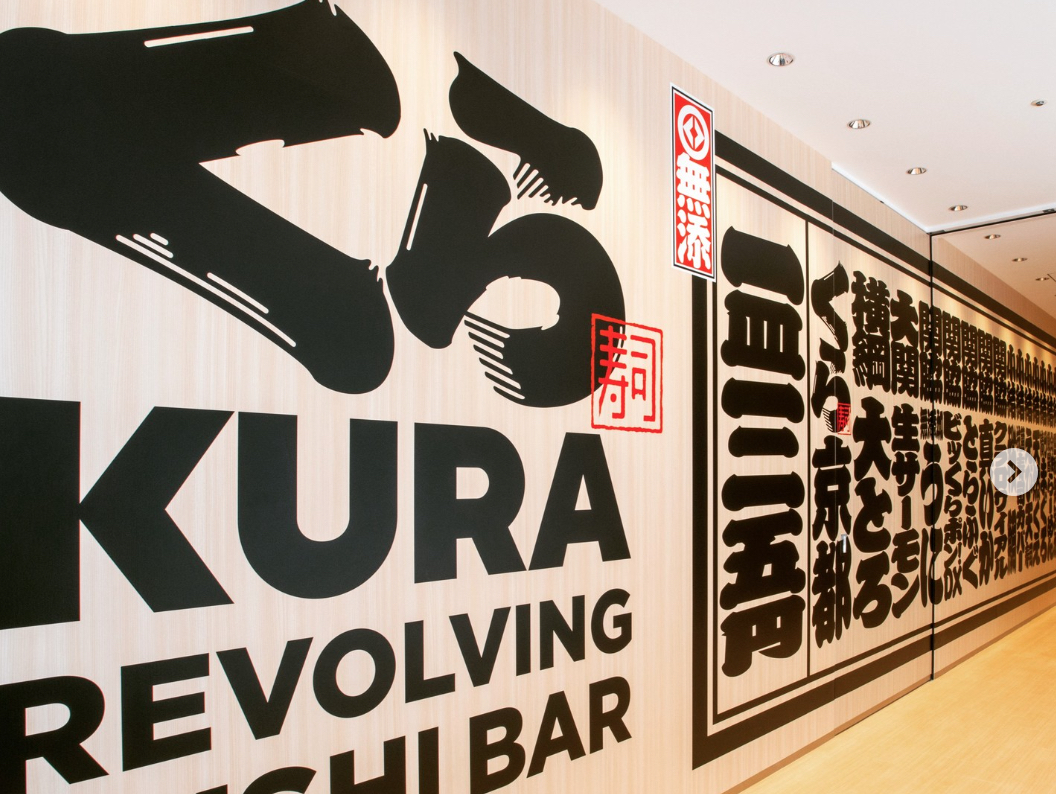
Kura Sushi Nitori Omura
Sushi restaurant in Nagasaki [SUSHILIVE comment] -


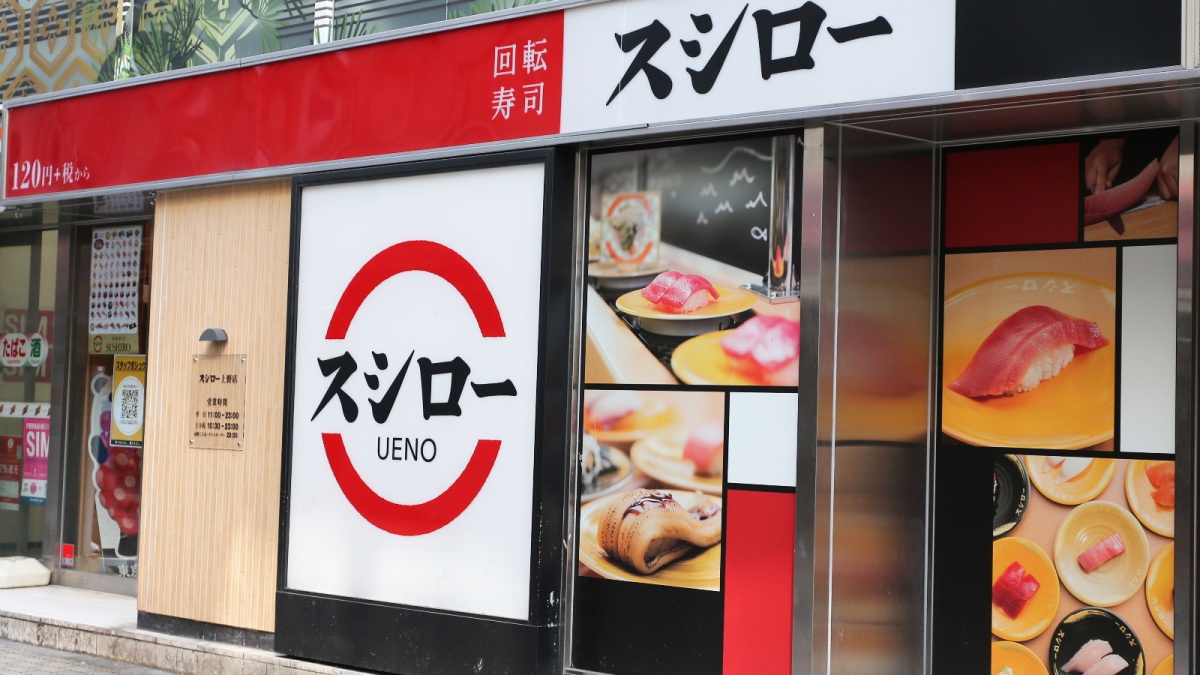
Sushiro the Great Pagoda of Sasebo, Japan
Sushi restaurant in Nagasaki [SUSHILIVE comment] -


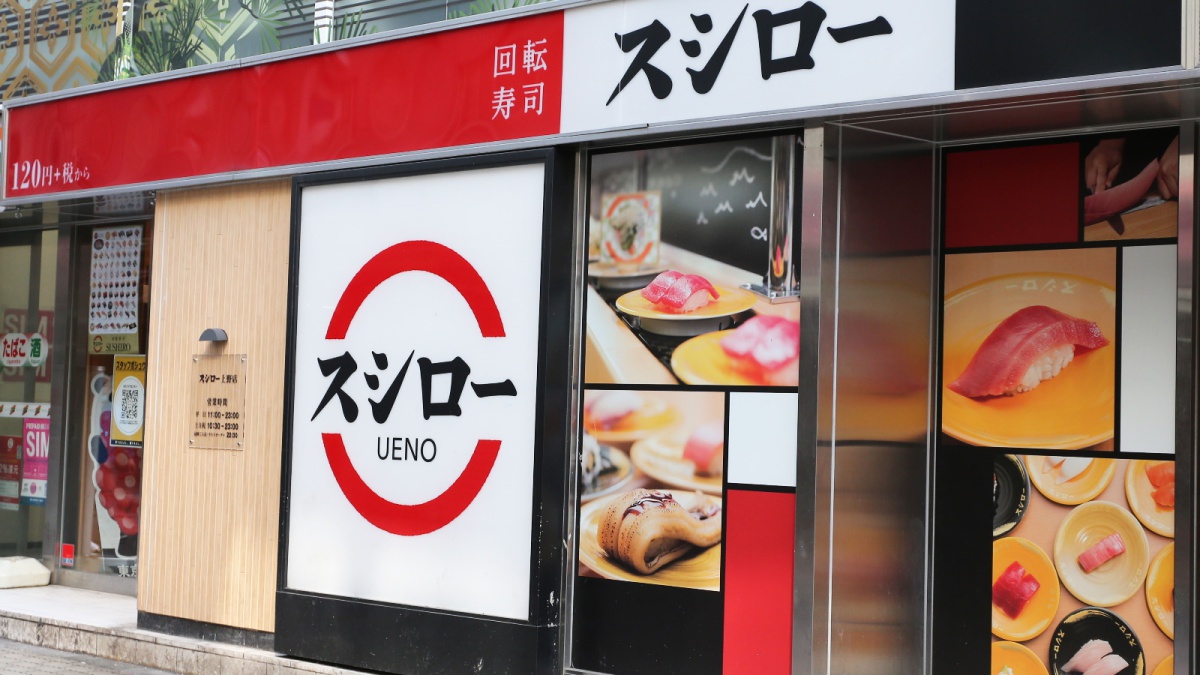
Sushiro Omura Saiwai-cho
Sushi restaurant in Nagasaki [SUSHILIVE comment] -


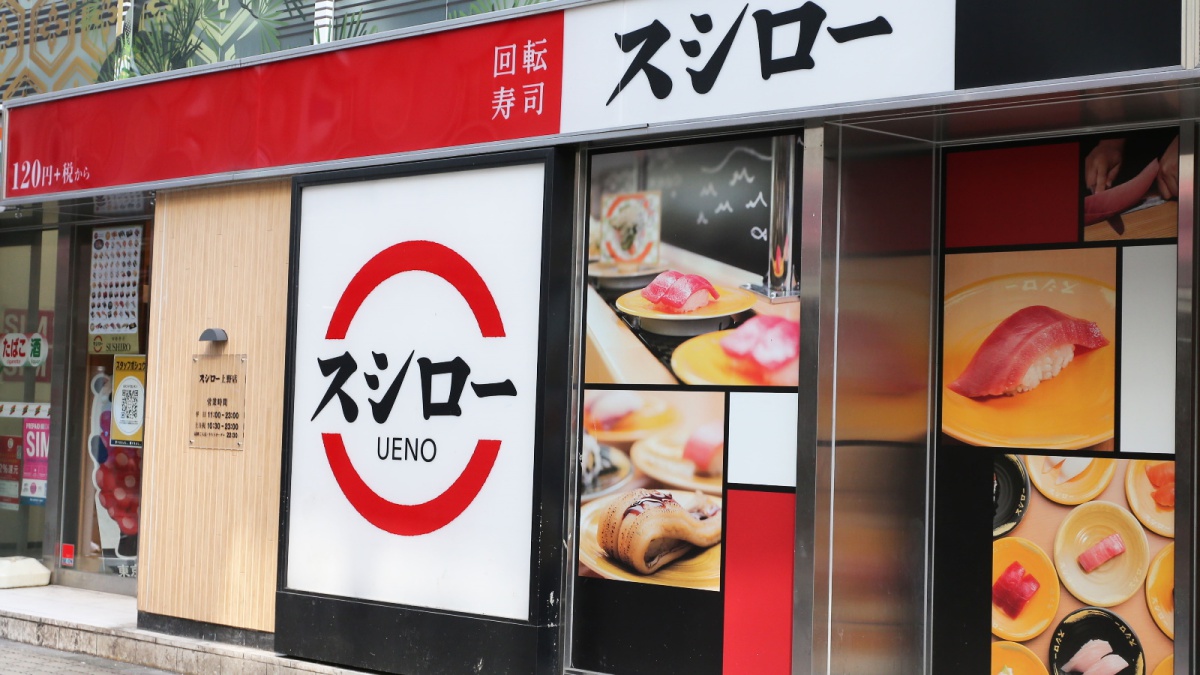
Sushiro Nagasaki Michinosuo
Sushi restaurant in Nagasaki [SUSHILIVE comment] -


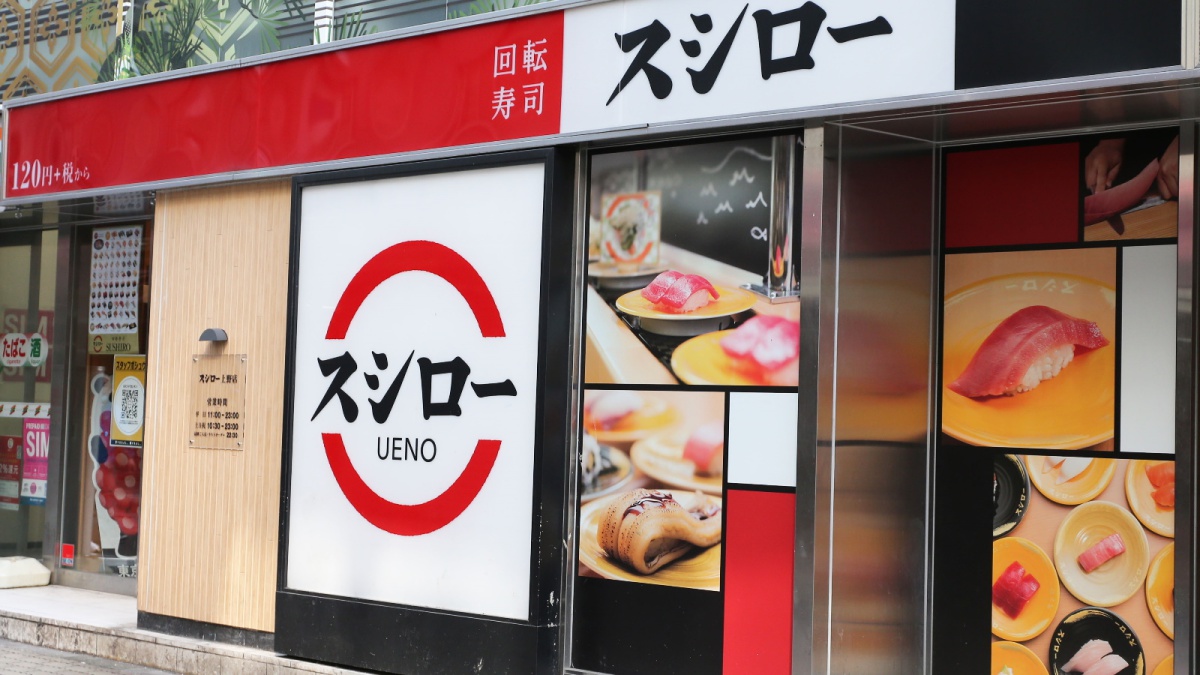
Sushiro Sasebo 5th Avenue Store
Sushi restaurant in Nagasaki [SUSHILIVE comment] -


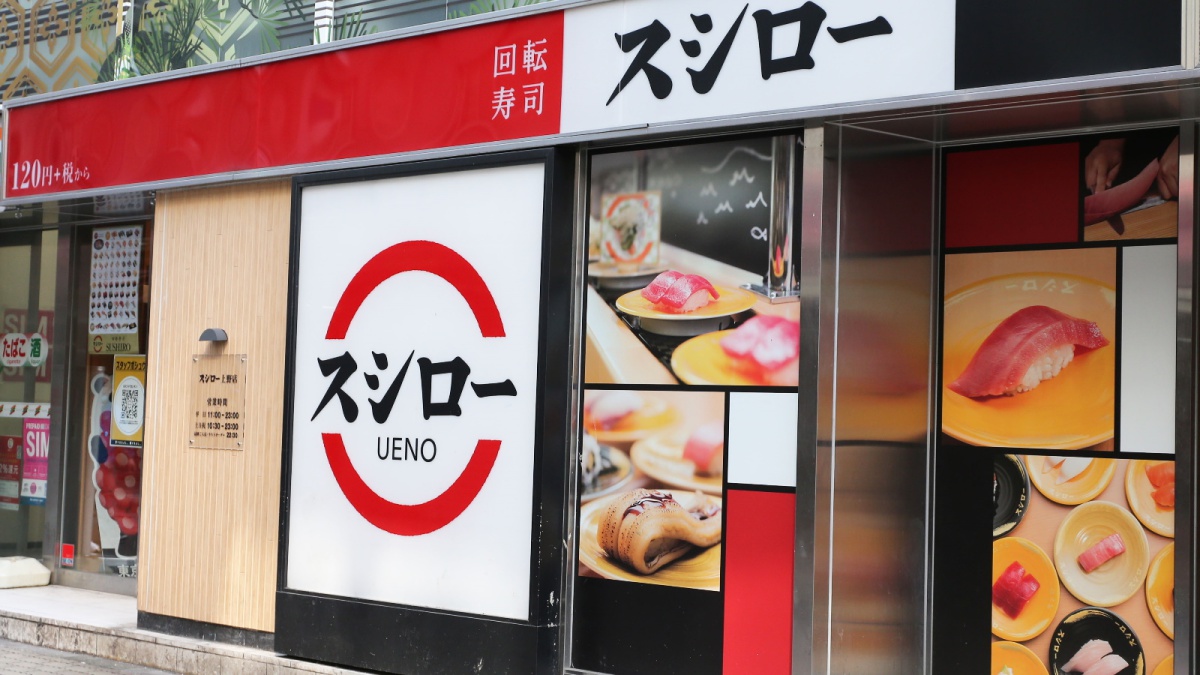
Sushiro Isahaya (Isaac)
Sushi restaurant in Nagasaki [SUSHILIVE comment] -


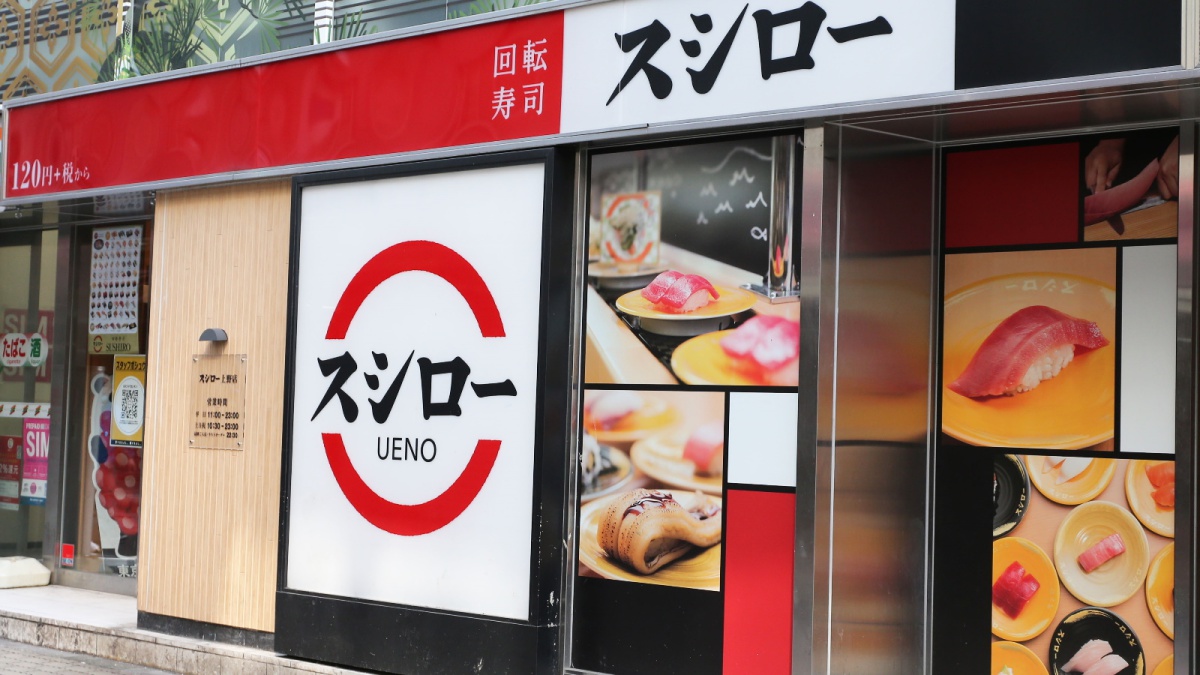
Sushiro ordinary days (i.e. non-holiday)
Sushi restaurant in Nagasaki [SUSHILIVE comment]
Characteristics of Nagasaki’s Cuisine
The Diverse Charm Woven by the Sea and History: Nagasaki
Nagasaki Prefecture, located at the westernmost tip of Kyushu and surrounded by the sea on three sides, is a captivating region with beautiful nature and a rich historical culture. The coastal geography, featuring intricate rias coastlines and various-sized islands, creates picturesque landscapes. Moreover, its history as a gateway to the continent has nurtured unique cultures and traditions, leading to distinctive cityscapes and culinary culture in Nagasaki.
In terms of socio-economics, foundational industries like shipbuilding and heavy industry have developed, while in recent years, the tourism and service industries have also flourished. Additionally, serving as an international trade port, it maintains active exchanges with overseas countries.
However, challenges such as declining birthrates, aging population, and population outflow exist. Yet, by leveraging its rich natural and historical culture and its status as one of the most livable places nationwide, various initiatives are underway aiming for a sustainable society.
Nagasaki Prefecture can be described as a vibrant region illuminated by its diverse charms woven by the sea and history, and its challenges toward the future.
History and Culture Carved by Mountains and the Sea
Situated at the western end of Kyushu, Nagasaki Prefecture benefits from a diverse natural environment composed of beautiful mountains, intricate coastlines, and various islands. Its warm climate and abundant marine resources have long attracted people.
Nagasaki’s history significantly developed through exchanges with the continent. Opening its port in the 16th century, Nagasaki thrived as the sole trade point during the isolationist period, becoming a window to Western culture and technology, cultivating unique cultures and traditions.
During the Edo period, although there was severe persecution of Christians, the so-called hidden Christians continued to practice their faith, a history now recognized as a World Heritage.
From the Meiji era onwards, industries like modern shipbuilding and heavy industry developed, supporting Japan’s modernization. Despite experiencing the tragedy of the atomic bombing during World War II, it has rebuilt itself and embarked on a new journey as a city of international peace.
Recently, the tourism industry, leveraging historical heritage and beautiful nature, has prospered, attracting many tourists from both inside and outside the country. Additionally, efforts to inherit traditional cultures and create new cultures are actively pursued, developing into a vibrant region.
Nagasaki Prefecture is an attractive area where you can feel the warmth of its people, along with the history and culture carved by the mountains and the sea.
The Culinary Trio Woven by Japanese, Chinese, and Dutch Influences
Nagasaki Prefecture’s culinary culture is unique, blending Chinese, Dutch, and Japanese influences, a result of its historical background as the only trade port during the Edo period.
From China, dishes like champon and Sara udon were introduced, and from the Netherlands, foods such as Castella and gratin were brought over, creating Nagasaki’s distinctive tastes.
Iconic Nagasaki dishes include champon with its thick noodles and stir-fried ingredients covered in gravy, Sara udon with its crispy noodles and rich sauce, and Castella cake filled with custard cream, known as milk seki.
Recently, alongside these traditional dishes, creative cuisines incorporating new ingredients and cooking methods have emerged, continuously evolving Nagasaki’s food culture.
Being surrounded by the sea, Nagasaki also boasts a variety of seafood dishes. Notably, the “Buri” (Japanese amberjack) farmed in Sasebo is renowned nationwide.
When visiting Nagasaki, why not indulge in its diverse culinary culture? The trio of flavors woven by Japanese, Chinese, and Dutch influences is sure to captivate you.
The Diverse “Sushi” Culture
Nagasaki Prefecture offers a variety of “sushi” cultures, from traditional “pressed sushi” continuing from the Edo period, “Chinese-style sushi” influenced by China, to the increasingly popular “creative sushi.”
Traditional “pressed sushi” such as Omura sushi and Goto sushi vary by region. Omura sushi is known for its abundant ingredients and colorful appearance, while Goto sushi is famous for its “shime saba sushi,” a vinegar-marinated mackerel sushi.
“Chinese-style sushi,” centered around Nagasaki’s Chinatown, features Chinese ingredients like char siu and bamboo shoots.
The rising popularity of “creative sushi” involves innovative sushi using fresh local seafood and vegetables, particularly favored by younger generations.
Visiting Nagasaki, why not explore its diverse “sushi” culture? From traditional to new flavors, there’s surely a “sushi” that will match your taste.
Specialties Nurtured by the Sea and History
Nagasaki Prefecture, blessed with rich nature and traditional culture fostered by the sea and history, is known for its nationally famous specialties.
Notable products include “Castella,” characterized by its eggy flavor and sugar crystal texture; “champon,” featuring thick noodles and stir-fried ingredients in gravy; and “Sara udon” with crispy noodles and thick sauce.
Moreover, seafood like Sasebo’s “Buri,” Goto Islands’ “flying fish,” and Nagasaki’s “oysters” offer a wealth of fresh marine products. Agricultural products include Isahaya’s “mandarins,” Unzen’s “loquats,” and Goto Islands’ “camellia oil.”
When visiting Nagasaki, why not savor its varied specialties? The deliciousness nurtured by the sea and history of Nagasaki is sure to enchant you.

